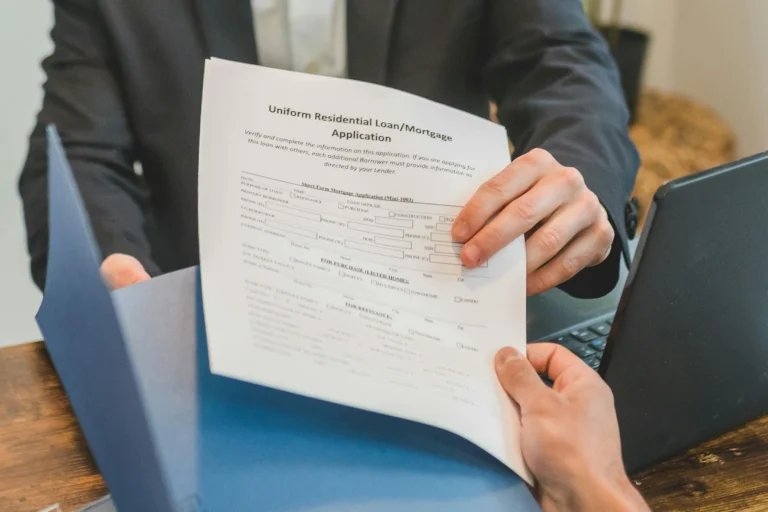The Debt management can appear to be an endless struggle against the odds. Be it credit card debt, student loans, or personal loans, too much debt can make you live in financial anxiety and prevent you from being able to do what you desire. But here’s the good news: You can take back control of your debt and start building a healthier financial future with a solid plan and regular routine.
This guide will walk you through ten easy-to-follow strategies that explain exactly how to manage debt effectively—without feeling overwhelmed. Let’s begin.
10 Proven Strategies for Managing Debt
1. Understand Exactly What You Owe
The very first thing you must do in order to tackle debt is to know the amount you owe. Create a detailed list of all your debts, including creditor, balance, interest rate, due date, and minimum monthly payment. Credit cards, vehicle loans, school loans, and personal loans are a few examples of this. By doing so, you are able to view your financial obligations clearly. Additionally, it allows you to prioritize your payments and identify the debts with the highest interest rates.
2. Build a Realistic Monthly Budget
A budget is your roadmap to financial domination. Track your monthly income and each and every one of your expenses—rent and food, subscriptions and dining out. When you understand where your money is headed, you can apply a portion of it directly toward debt repayment.
Don’t forget to add a reserve for unexpected expenses. Even dedicating 10-20% of your income to debt can start moving you in the right direction over time.
3. Prioritize High-Interest Debt
One effective strategy is the debt avalanche method, which involves focusing extra payments on debts with the highest interest rates first while making minimum payments on others. This helps reduce the total amount you pay in interest over time.
For example, paying off a credit card with a 20% APR before a student loan with 5% interest will save you more money in the long run.
4. Use the Snowball Method for Motivation
If you need motivation more than interest savings, try the debt snowball method. This approach has you pay off your smallest debts first to achieve quick wins, then move on to larger ones.
Each debt you eliminate boosts your confidence and makes the process feel more achievable. It’s great for building momentum if you’re easily discouraged by large balances.
5. Stop Adding New Debt
While you’re working on repayment, it’s important not to dig the hole deeper. Pause credit card spending, avoid financing large purchases, and say no to “buy now, pay later” options unless absolutely necessary.
Focus instead on living within your means. Even short-term sacrifices can lead to long-term financial freedom.
6. Consider Debt Consolidation
Debt consolidation involves combining multiple debts into one new loan—ideally with a lower interest rate. This can simplify your repayment process and reduce the total interest you pay over time.
Personal loans, credit card balance transfers, and working with a debt consolidation organization are all common consolidation choices. Just make sure to compare fees and read the fine print.
7. Automate Your Payments
Late payments can hurt your credit and add fees. To avoid this, set up automatic payments for at least the minimum amount due on each account.
Automation ensures consistency and peace of mind, especially during busy months. Just make sure your account has enough funds to avoid overdraft fees.
8. Negotiate Lower Interest Rates
Believe it or not, some lenders may be willing to reduce your interest rate if you ask. If you’ve been a reliable customer with a good payment history, a simple phone call could lower your rate.
Even a small reduction—say, from 20% to 15%—can make a big difference in your total repayment over time.
9. Track Your Progress Regularly
Debt repayment is a long-term goal, so keep yourself motivated by tracking your progress. Use a spreadsheet, mobile app, or printable chart to mark each payment and update your balances.
Seeing your debt shrink month by month can boost morale and keep you focused on your goal, especially when progress feels slow.
10. Get Professional Help if Needed
If your debt feels too overwhelming to manage alone, consider reaching out to a credit counseling agency. Certified counselors can help you create a debt management plan, negotiate with creditors, and offer financial education.
Look for non-profit organizations that are accredited and trustworthy. A little professional assistance can make a significant difference.
Read More: Loan Application Tips for Self-Employed Individuals
Debt Repayment Strategies: Comparison Table
| Method | Best For | Advantages | Considerations |
|---|---|---|---|
| Avalanche | Saving the most on interest | Reduces total cost of debt | May take longer to see progress |
| Snowball | Motivation and momentum | Quick wins to stay motivated | May pay more in interest overall |
| Debt Consolidation | Simplifying payments | One monthly payment, lower rate | Must qualify for good interest rate |
| Credit Counseling | Severe debt situations | Professional help and structure | May affect credit in short term |
FAQs About Managing Debt
1. What is the best way to start managing debt?
Begin by listing all your debts, including balances, interest rates, and due dates. This will help you decide whether to use the snowball or avalanche method.
2. Can I still pay off debt on a low income?
Yes! It may take more time, but with a strict budget, reduced spending, and possibly a side income, you can still make steady progress.
3. Should I close credit cards after paying them off?
Not necessarily. Keeping old accounts open can help your credit score by improving your credit utilization ratio and length of credit history.
4. Is it okay to ask for help with debt?
Absolutely. Seeking professional advice from a credit counselor shows responsibility and can help you create a sustainable repayment plan.
Conclusion
It’s okay to get professional help from a credit counselor and show responsibility since you can create a feasible payment plan. Managing debt need not be tedious. With the right plan, some discipline, and persistent effort, you can eliminate debt and experience peace of mind in finance.
Either you apply the snowball technique to motivation or the avalanche method to savings, you need to stay on track, keep tabs on your progress, and steer clear of piling up additional debt while paying off existing debt. Debt reduction, after all, is a process—and with each payment, you move one step closer to financial freedom. Would you prefer this post optimized with internal links or created in a WordPress-ready format?








